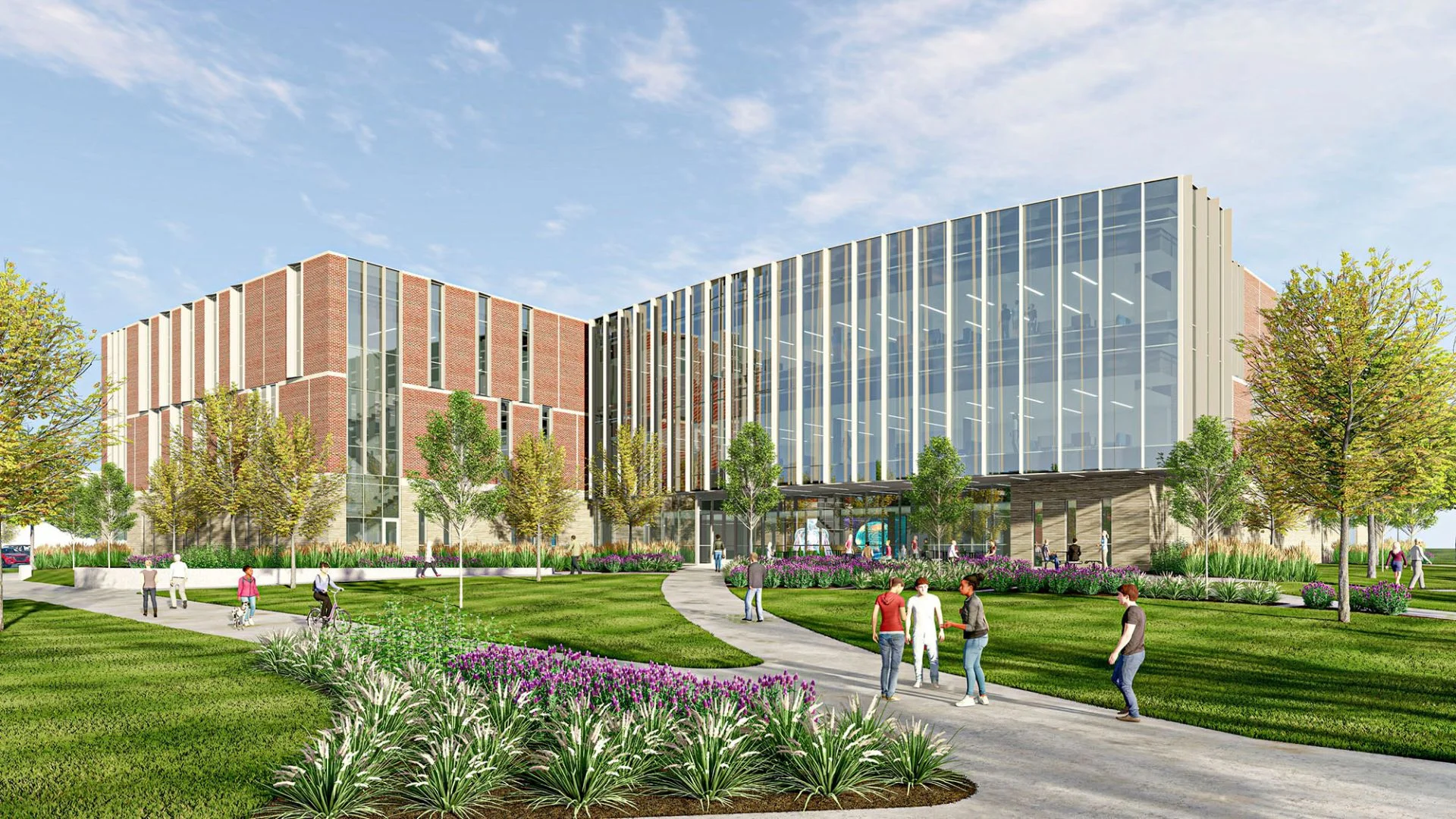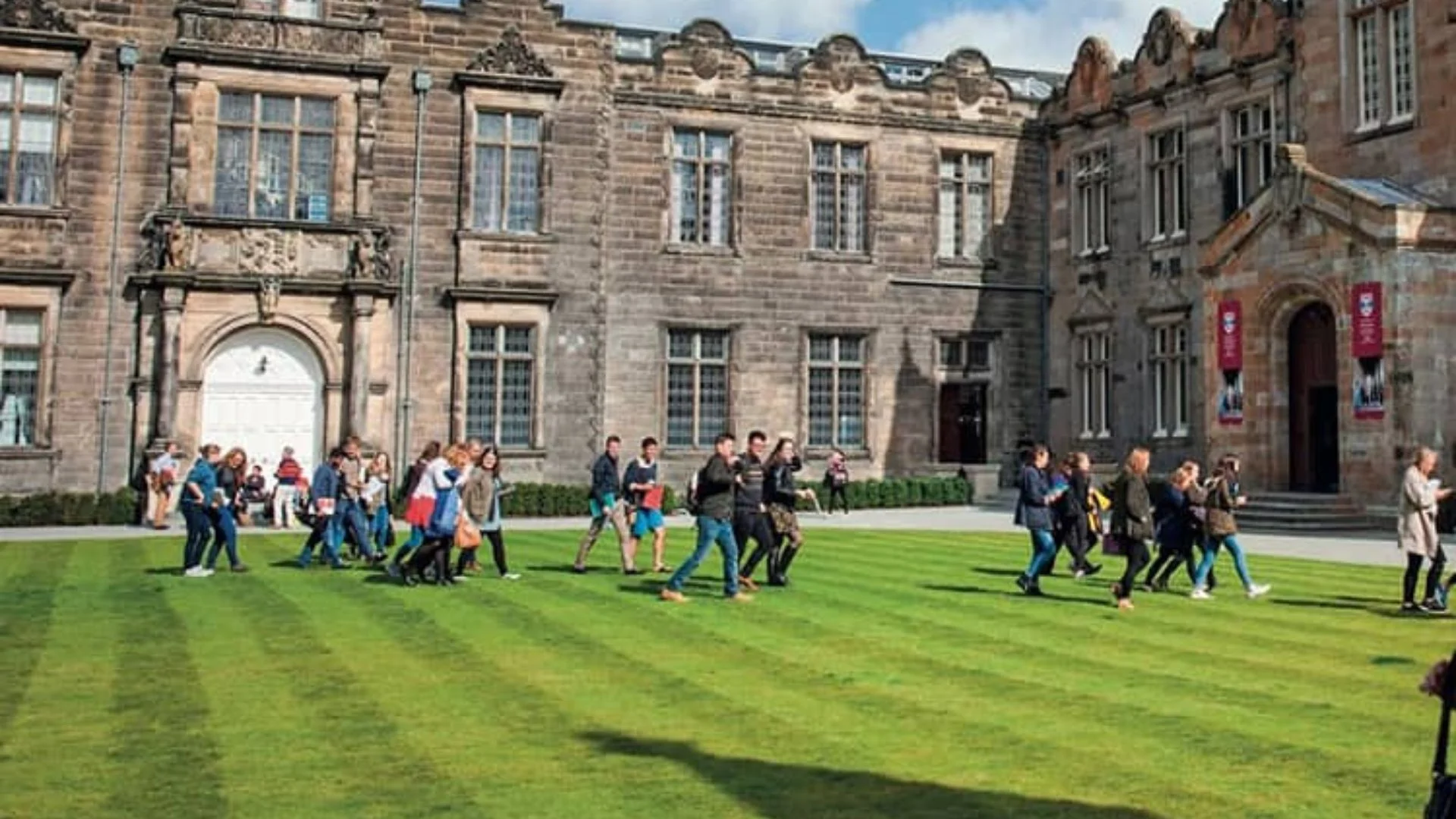University campuses have long been renowned for their verdant landscapes and meticulously manicured grounds, serving as oases of tranquility amidst the bustling academic environment. Woven into the fabric of these picturesque settings are the university gardens, which have played a transformative role in shaping the student experience, fostering community engagement, and promoting environmental stewardship.
The origins of university gardens can be traced back to the Renaissance era, when many European institutions of higher learning began to recognize the educational and aesthetic value of integrating greenspaces into their campuses. As these gardens evolved, they became not only spaces for botanical study and horticultural experimentation but also vibrant hubs of social activity, serving as gathering places for students, faculty, and the broader community.
“The university garden has always been more than just a pretty backdrop to the academic experience,” explains Dr. Emily Sinclair, a professor of landscape architecture and an expert on the history of campus design. “These carefully curated green spaces have long been seen as integral components of the university experience, providing opportunities for learning, relaxation, and the cultivation of a sense of community.”
In the modern era, university gardens have continued to evolve, adapting to the changing needs and priorities of the institutions they serve. From the integration of sustainable practices and the preservation of native ecosystems to the incorporation of innovative educational programming and community engagement initiatives, these green oases have become dynamic and multifunctional spaces that are deeply woven into the fabric of campus life.
The Educational and Research Potential of University Gardens
One of the primary functions of university gardens has been their role as living laboratories, serving as valuable resources for educational and research-based initiatives across a wide range of academic disciplines.
“Whether it’s the biology students studying native plant species, the architecture students designing innovative landscape structures, or the environmental science researchers exploring the impacts of climate change, the university garden is a treasure trove of learning opportunities,” says Sinclair.
By providing hands-on, experiential learning environments, university gardens enable students to apply the theoretical knowledge they’ve gained in the classroom to real-world settings. This not only enhances their understanding of the subject matter but also fosters the development of critical-thinking, problem-solving, and collaborative skills that are essential for future success.
Moreover, the university garden serves as a hub for cutting-edge research, with faculty and graduate students utilizing the space to explore a wide range of topics, from sustainable horticulture and ecological restoration to the psychological and social benefits of interaction with nature.
“The university garden is a living, breathing laboratory that allows us to push the boundaries of our understanding and make meaningful contributions to our fields of study,” explains Sinclair. “By leveraging these invaluable resources, we’re able to expand the frontiers of knowledge and develop innovative solutions to some of the most pressing challenges facing our world.”
The Role of University Gardens in Campus Life and Community Engagement
Beyond their educational and research-focused functions, university gardens have also emerged as vibrant hubs of community engagement, serving as spaces that foster social connectivity, mental well-being, and a deeper appreciation for the natural world.
“The university garden is not just a place for learning and scholarly pursuits,” says Sinclair. “It’s a space where students, faculty, staff, and the broader community can come together to relax, recharge, and connect with one another in meaningful ways.”
Through the organization of a diverse array of programming and events, university gardens have become central gathering places on campuses, hosting everything from outdoor yoga classes and mindfulness workshops to live music performances and seasonal celebrations. These activities not only promote physical and mental well-being but also serve as catalysts for the formation of new relationships and the strengthening of existing social bonds.
“The university garden is a space where people from all walks of life can come together, share experiences, and cultivate a sense of belonging,” explains Sinclair. “Whether it’s a student finding solace in the tranquility of the garden after a stressful exam period or a local resident discovering a newfound appreciation for the natural world through a guided tour, these green spaces have the power to bring people together in profound and meaningful ways.”
Moreover, university gardens have also become hubs for community engagement and outreach, serving as platforms for initiatives that address pressing environmental and social issues. From hosting urban agriculture projects and native plant restoration efforts to collaborating with local organizations on community service initiatives, these green spaces have become vital resources for promoting sustainability, social justice, and environmental stewardship.
“The university garden is not just a beautiful backdrop to campus life; it’s a space where we can put our values into action and make a tangible difference in the world around us,” says Sinclair. “By leveraging these resources to address the pressing challenges of our time, we’re able to inspire and empower our students, faculty, and the broader community to become agents of positive change.”
The Transformative Potential of University Gardens
As the role of university gardens continues to evolve, these green spaces have become increasingly recognized for their transformative potential, not only in shaping the student experience and fostering community engagement but also in addressing some of the most pressing challenges facing our society.
“The university garden is a microcosm of the world we aspire to create – a space that is inclusive, sustainable, and dedicated to the betterment of humanity,” explains Sinclair. “By leveraging these dynamic and multifunctional spaces, we have the opportunity to inspire and empower the next generation of leaders, thinkers, and change-makers to tackle the complex issues of our time.”
From the integration of sustainable design practices and the promotion of environmental stewardship to the fostering of cross-cultural understanding and the cultivation of mental health and well-being, university gardens have become laboratories for innovation and catalysts for positive transformation.
“When we invest in the development and maintenance of these green spaces, we’re not just creating beautiful backdrops to campus life; we’re investing in the well-being of our communities, the preservation of our natural resources, and the cultivation of a more just, equitable, and sustainable future,” says Sinclair.
As universities continue to grapple with the challenges of the 21st century, the role of the university garden has become increasingly vital, serving as a touchstone for the institutions’ core values and a tangible representation of their commitment to the betterment of the world.
“The university garden is not just a piece of the campus – it’s a living, breathing embodiment of the institution’s vision, values, and aspirations,” explains Sinclair. “By nurturing and cultivating these green spaces, we’re not only enhancing the student experience and fostering community engagement; we’re actively shaping the future of our society and inspiring generations to come to dream bigger, think deeper, and act with purpose.”

Conclusion: Unlocking the Transformative Power of University Gardens
The university garden has long been a beloved and integral component of campus life, serving as a multi-faceted space that fosters learning, community engagement, and environmental stewardship. From their origins as living laboratories for academic study to their modern role as vibrant hubs of social activity and sustainability initiatives, these green oases have evolved to become vital resources for shaping the student experience and inspiring positive change in the world.
As universities continue to confront the complex challenges of the 21st century, the transformative potential of the university garden has become increasingly apparent. By leveraging these dynamic and multifunctional spaces, institutions of higher learning have the opportunity to nurture the next generation of leaders, thinkers, and change-makers, equipping them with the knowledge, skills, and sense of purpose to tackle the most pressing issues facing our society.
From the integration of sustainable design practices and the preservation of native ecosystems to the fostering of mental health and well-being and the promotion of cross-cultural understanding, the university garden has emerged as a powerful tool for addressing the global challenges of our time. By investing in the development and maintenance of these green spaces, universities are not only enhancing the student experience and fostering community engagement but also actively shaping the future of our world.
As we look to the years ahead, the university garden will undoubtedly continue to play a vital role in the life of campuses and communities, serving as a touchstone for the values and aspirations of the institutions they serve. By embracing the transformative potential of these dynamic green spaces, universities can inspire generations to come to dream bigger, think deeper, and act with purpose, ultimately contributing to the creation of a more just, equitable, and sustainable future for all.




